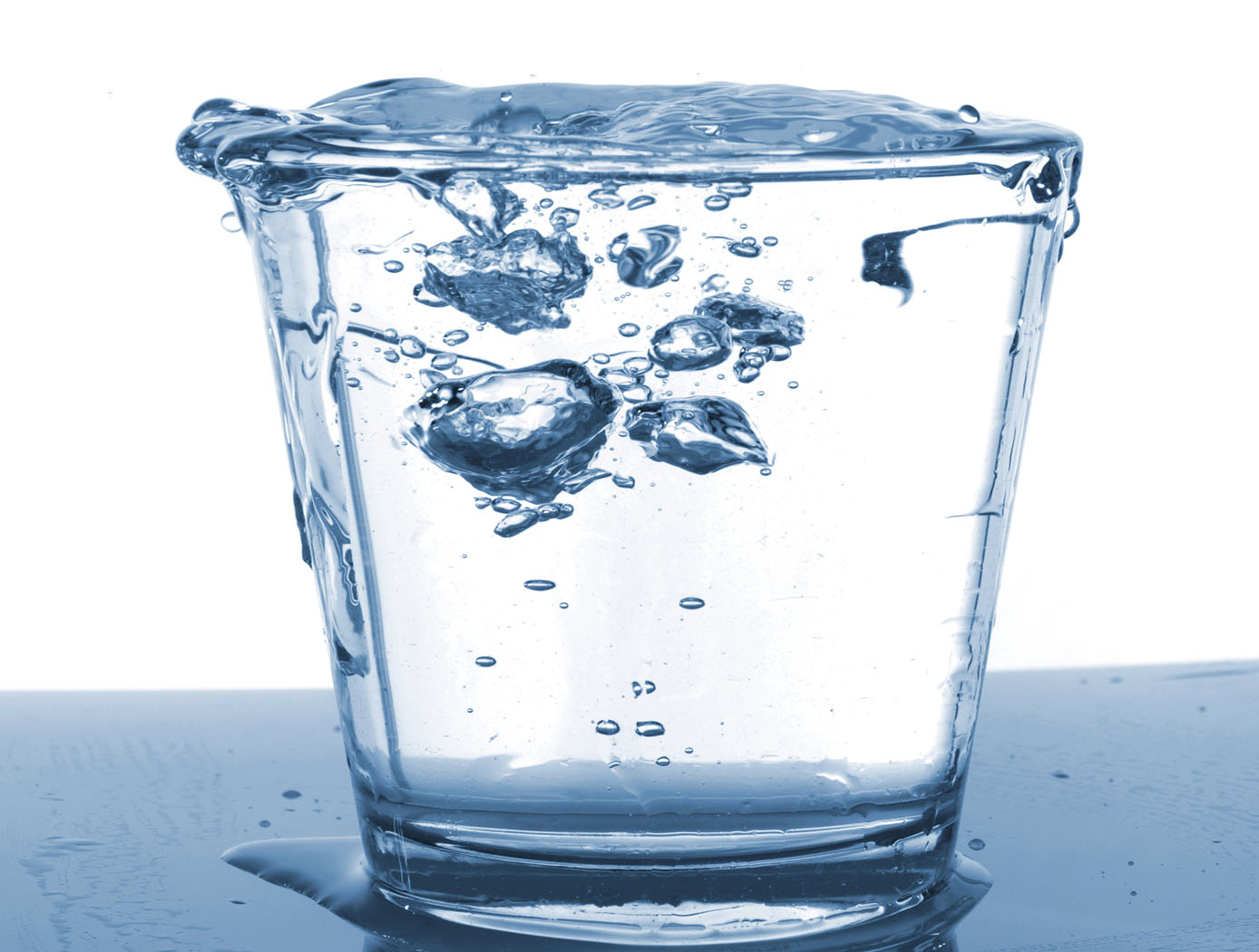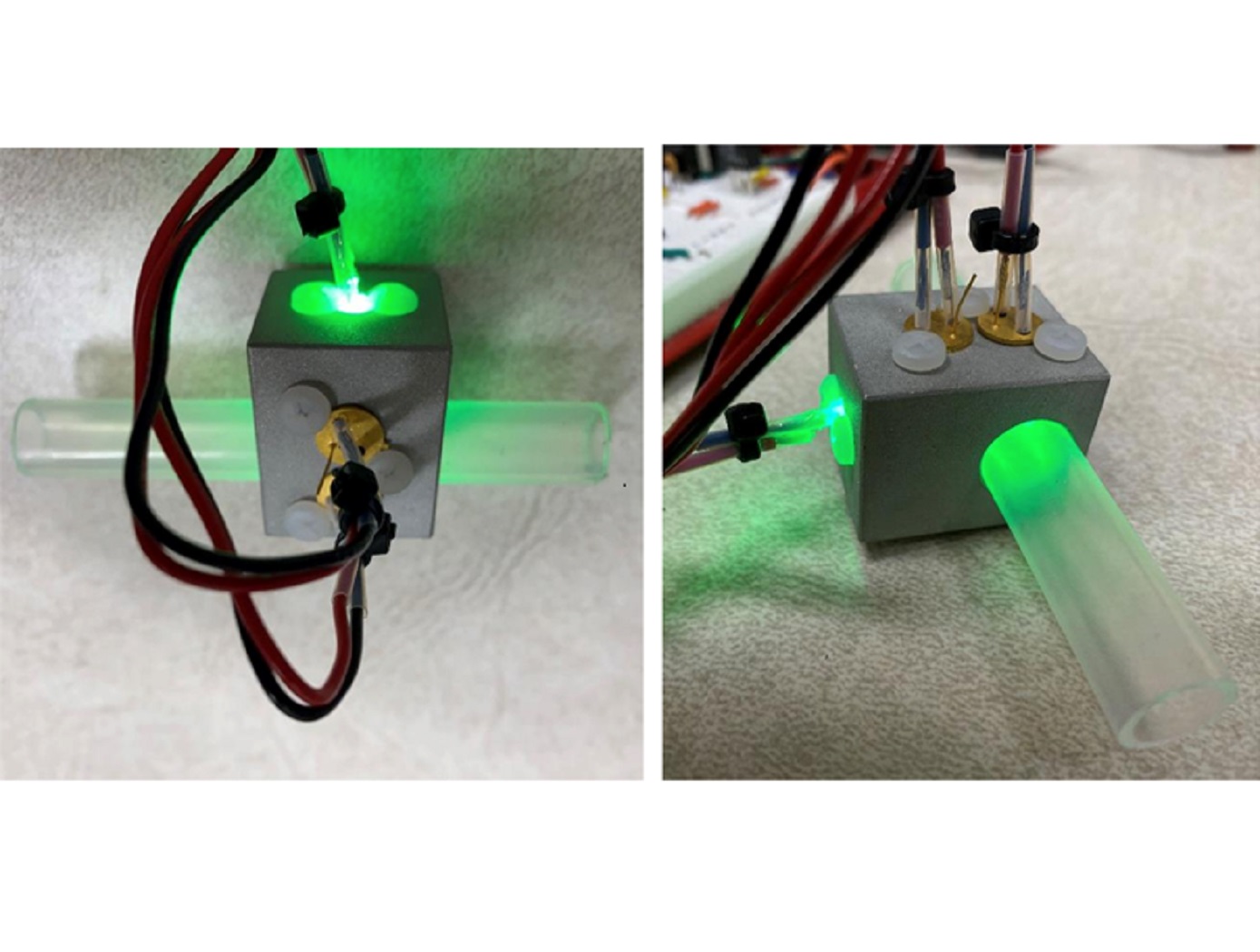Search
Environment

Pre-Treatment Solution for Water Recovery
The pre-treatment solution increases the solubility of calcium in urine brines by reducing the concentration of sulfates. When the solution is properly dosed, it enables biological, physical, and chemical stabilization of flushed urine for storage and distillation up to a steady 87% water recovery, as realized aboard the U.S. segment of the ISS, without precipitation of minerals such as gypsum.
Turning wastewater or seawater into potable water requires three important steps shared by the UPA and Water Recovery System (WRS) aboard the ISS: 1) pre-treatment, 2) distillation or membrane filtration, and 3) transport and storage of potable water and brine. Added during the first step, the pre-treatment solution improves the efficiency of the UPA by reducing the formation of solid precipitates caused by urinary calcium, sulfate ions, and sulfuric acid. This reduction in-turn creates less acidic brines which means more water can be recovered along with less surface scaling and clogging, further increasing recovery. As an added benefit, the solution contains a biocide that prevents the growth of bacteria and fungus, thereby increasing storage time of the treated urine.
Although the pre-treatment solution was developed for the ISS’s UPA , the technology can potentially be used on Earth to pretreat contaminated water from organic-laden, high-salinity wastewaters. Adding the solution is a simple process that can be scaled to fit demand. It has the potential to improve water recovery in many applications such as: desalination plants, brackish water treatment, mining water treatment, hydraulic fracturing operations, and more. The pre-treatment solution may also lend itself for use in the transport and storage of wastewater due to the solution's ability to prevent microbial growth.
Sensors

Optical concentration sensor for liquid solution
Typical concentration sensors, like the one initially used in the UWMS, rely on changes in electrical conductivity to measure the concentration of a solution. These measurements using conductivity are prone to voltage drift over time, leading to unreliable measurements as the sensor ages.
The optical sensor developed here uses light scattering to measure the solution concentration without the issue of voltage drift. In this sensor, light from a green LED is passed into the sensor housing where it hits a first detector (i.e., a photodiode) to establish a reference of the amount of light before scattering. Simultaneously, the light from the LED scatters through the pretreat solution and then hits a second photodiode to measure the amount of light after scattering. The difference between the amount of light measured by the two detectors is used to calculate the concentration of the pretreat solution (based upon Beer’s Law). The optical concentration sensor has been demonstrated to effectively measure pretreat concentrations in both still and flowing liquid conditions and is resistant to contamination issues as necessitated by the UWMS.
The optical pretreat concentration sensor is at technology readiness level (TRL) 4 (component and/or breadboard validation in laboratory environment) and is available for patent licensing.
Environment

Completely biodegradable filtration system for waste metal recovery from aqueous solution
There is a significant need for an inexpensive biological approach to recover specific, targeted metals and other target materials in e-waste or other aqueous solutions that requires minimal input of resources, including energy. This invention is a method of removing or adsorbing a target substance or material, for example, a metal, non-metal toxin, dye, or small molecule drug, from solution, by functionalizing a substrate with a peptide configured to selectively bind to the target substance or material and to bind to the substrate. The substrate is fungal mycelium, and the naturally-occurring or bioengineered peptide is called a target-binding domain, which is chemically bonded to a selected solid substrate. The target chemical species binds to the target-binding domain and is removed from solution. The target can be any chemical species dissolved or suspended in the solution. Capture of the target by the substrate can isolate and allow removal of the target substance from solution, or for utilization in water filtration, or recovery of targeted chemical species from solution, particularly aqueous solution applications. The peptides used include (i) fusion peptides and/or proteins containing metal-binding domain sequence and optionally containing substrate-binding domain sequence; (ii) fusion peptides/proteins containing a metal-binding domain and a chitin-binding domain; and (iii) nucleic acids encoding fusion peptides and/or proteins containing metal-binding domain sequence. The technology enables simple scale up to a level that could be successfully implemented in an environment with limited resources, such as on a space mission or on earth in developing countries with poor access to clean water.
Instrumentation

MiniTOCA Facilitates Automated Water Analysis
Environmental Control and Life Support Systems (ECLSS) used for extended space missions must recover and process wastewater to provide potable water for crew consumption and oxygen generation. Exploration mission spacecraft will have a smaller crew than the ISS, meaning demands would typically be less than what full-featured commercial TOC analyzers are designed to provide. Current analyzer technology also has limitations and uncertainties for spaceflight integration, such as part traceability, reliability, material properties for flammability or off-gassing, software and interface that are inconsis-tent with spaceflight needs, human factors, and structural reliability.
The MiniTOCA provides a compact solution to the performance demands of onboard water quality analysis for crewed exploration missions through a unique core technology process that facilitates the detection of trace organic compounds in a water sample. It utilizes an ultra-violet oxidation method to activate the dissolved oxygen in the water which results in oxidation of the organic chemicals into carbon dioxide. The carbon dioxide is then measured by a Miniature Tunable Laser Spectrometer (MTLS) by sweeping the carbon dioxide out of the water in a gas / liquid separator using nitrogen gas.
This novel process allows for small system sample volumes, small overall size/mass, zero consumables, low average power con-sumption (less than 60W), projected long-life (~10 years), and reliable analytical performance – all addressing critical performance gaps within the current TOC analyzer industry. Lab and environmental testing demonstrated that the MiniTOCA’s architecture is both feasible and is excellent in performance.
Potential commercial applications for the MiniTOCA include, but are not limited to, ultra-pure water (UPW) systems; remote, mobile, and distributed environmental water quality monitoring; and specialized industrial process control. Technologies comprising the device lend themselves to miniaturization and are forward leaning in exploration applications. The MiniTOCA is scheduled to be flown and imple-mented aboard the ISS in late 2025.



